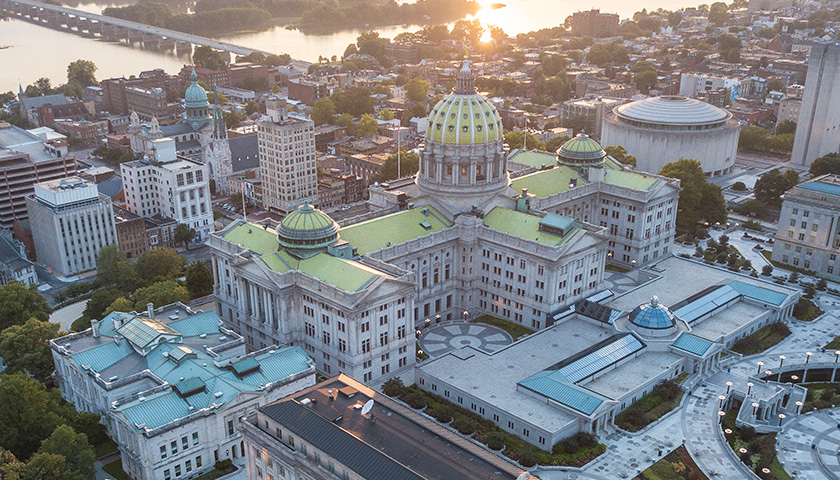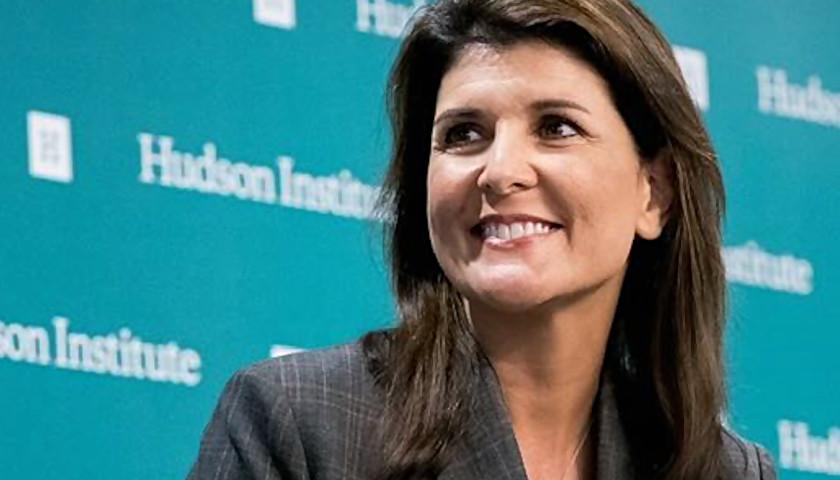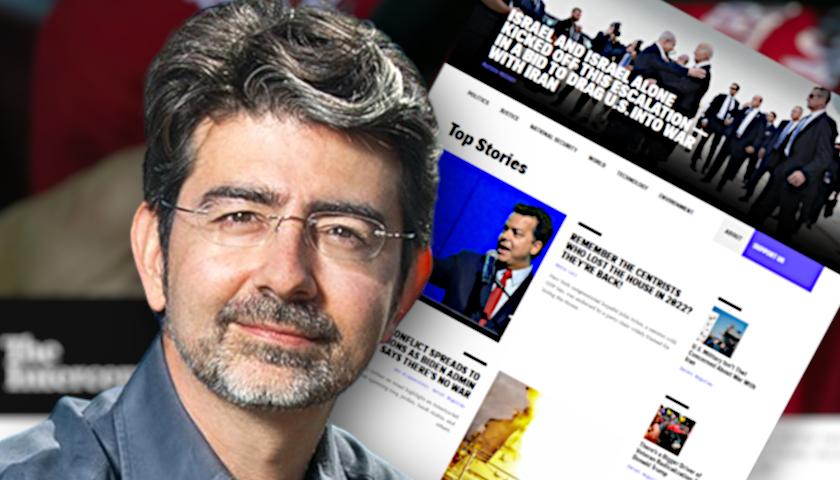by Anthony Hennen
In Pennsylvania, Medicaid eligibility has expanded at the same time that officials have suspended verification. The result is that costs have gone up — along with the number of people getting benefits while not legally qualifying for them.
So explains a new report from the Commonwealth Foundation on Pennsylvania’s “Wayward Welfare State.”
In it, the Commonwealth Foundation argues the expansion comes at the expense of Medicaid recipients, benefiting those who are healthy and able to work.
“The Wolf and Biden administrations have over-promised and under-managed Medicaid,” said Elizabeth Stelle, Commonwealth Foundation’s director of policy analysis, in a press release. “Pennsylvania taxpayers are now holding the tab for reckless policy changes that did nothing to help the truly needy.”
During the pandemic, federal and state governments made emergency expansions for many welfare programs. In the case of Medicaid, regulatory changes became permanent. Medicaid had expanded significantly in the years leading up to the pandemic as well.
“From 2015 to 2017, Pennsylvania added 631,797 adults to Medicaid,” the report noted, and estimated the annual cost of providing Medicaid to those new beneficiaries at $5 billion annually.
Then, in 2020, Pennsylvania suspended eligibility verification requirements that led to another 600,000 new recipients since March 2020 until September 2022, the report noted. Many of them, apparently, should not be receiving benefits.
“The Pennsylvania Department of Human Services estimates more than 500,000 current Medicaid recipients are not legally qualified to participate in the program,” the report says.
Rather than a post-pandemic review of ineligible Medicaid beneficiaries, however, the federal government is making moves to make it easier for people to stay on Medicaid.
“In August, the Biden administration proposed new Medicaid rules – effectively eliminating many basic eligibility checks,” the report says. “The administration estimates the proposed rule will increase Medicaid enrollment by nearly three million people per year and increase taxpayer costs by an additional $100 billion from 2023 to 2027, with states taking on nearly $40 billion. Using the current distribution of Medicaid funds, that’s the equivalent of an additional $2 billion in state spending.”
The Commonwealth Foundation called the changes “an attempt to limit state flexibility, preventing more frequent attempts to verify eligibility” in an effort to create “an expansive Welfare for All with complete federal control.”
The growth of Medicaid in Pennsylvania isn’t unexpected. As The Center Square previously reported, the commonwealth’s population is aging and experts expect the working-age population to shrink over the long-term if current trends continue. When working-age and healthy populations leave the labor force and get Medicaid benefits, however, it means that fewer people work to provide the revenue needed to support Medicaid.
And Pennsylvania is running out of room in the budget to cover Medicaid costs without sacrificing other spending areas, or increasing taxes.
“Pennsylvania’s Medicaid rolls have continued to grow even as the unemployment rate has fallen to record lows due to federal restrictions on removing ineligible recipients,” the report noted. “One-third of the Pennsylvania state budget goes toward Medicaid,” with total Medicaid spending hitting $39 billion in 2022-23, or 36% of all spending.
Nor is Medicaid alone in its growth. Other welfare programs have had similar problems.
Expanding SNAP benefits during the pandemic, for example, discouraged incentives to work and increased federal spending, as The Center Square previously reported.
– – –
Anthony Hennen is a reporter for The Center Square. Previously, he worked for Philadelphia Weekly and the James G. Martin Center for Academic Renewal. He is managing editor of Expatalachians, a journalism project focused on the Appalachian region.
Photo “Pennsylvania Capitol” by Toniklemm. CC BY-SA 4.0.




